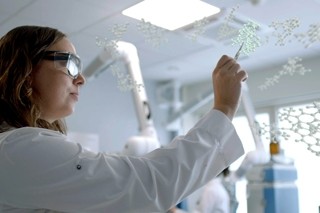Nelson Labs offers a comprehensive set of tests for characterization and screening of raw materials. Material screening helps manufacturers select their suppliers, and with routine monitoring of materials ensures delivery of a consistent product. Some screening tests are qualitative, providing information related to compound identity only, while others are qualitative in nature.
Manufacturers must evaluate potential raw materials to determine whether they are of sufficient quality to meet the goals of the device and be released into production. Material evaluation can be accomplished through review of information provided by the supplier in technical documentation like a certificate of analysis (COA), or in cases where supplied information is not sufficiently detailed, testing may need to be performed to ensure material quality meets the needed specifications.
For medical device manufacturers, tests on incoming materials may include bioburden, chemical composition (to ensure the material is free from CMRs), or physical-chemical properties of a material to ensure incoming materials are unlikely to cause biocompatibility problems later or to check consistency lot to lot. Below is a summary of tests available to screen materials applicable to medical device manufacturers.
- Cytotoxicity
- Bioburden
- Fourier Transfer Infrared (FTIR) Spectroscopy
- Differential Scanning Calorimetry (DSC)
- Particulate Matter
- Physicochemical USP Plastics Tests
- Residual Manufacturing Materials – Cleaning Validation
For pharmaceutical manufacturers, additional tests may include screening active pharmaceutical ingredients (APIs) for potency, purity, and impurities; chemical analyses of pharmaceutical containers and stoppers using extractables and leachables (E&L) testing and analysis of raw materials used in pharmaceutical production (e.g., water sources).



